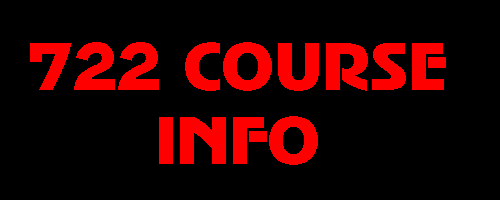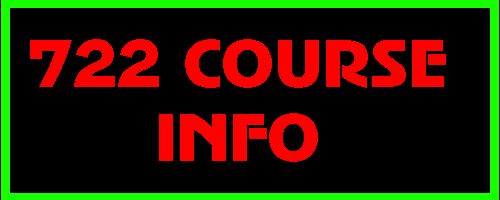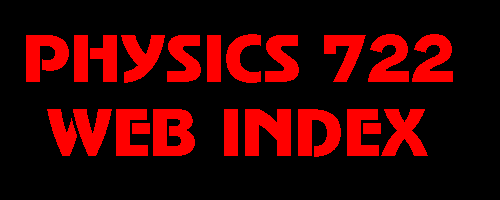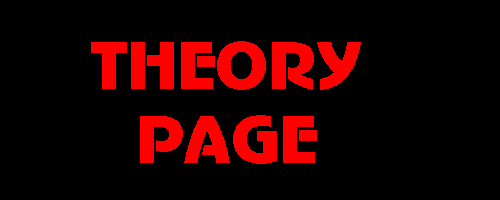 |
 |
|||
 |
||||
 |
||||
 |
 |
 |
 |
|
Send comments or questions to: ldurand@theory2.physics.wisc.edu
 |
 |
|||
 |
||||
 |
||||
 |
 |
 |
 |
|
Send comments or questions to: ldurand@theory2.physics.wisc.edu
COURSE INFORMATION
PHYSICS 722, ADVANCED CLASSICAL THEORETICAL PHYSICS
My basic objective in Physics 722 is to extend the coverage of electrodynamics and dynamics as described below, treat important physics applications, and give the the students in the course enough background in these classical areas that they will recognize the nature of a problem encountered in their own research activities, and will know how to attack it. In addition, the problems we will study will often provide insight into related quantum mechanical problems. I like also to make contact with modern mathematical approaches, especially in mechanics, when these are illuminating for the physics.
The remainder of the course will cover selected topics in mechanics that have wide applicability, e.g., classical field theory, perturbations, adiabatic variation of parameters, invariants and symmetries, symplectic transformations and mappings, and stability, with examples in continuum and particle mechanics, accelerator physics, and elsewhere.
Note the switch to the 3rd edition of Jackson! This incorporates material that appeared in 722 in the past only in my notes and homework problems. For example, the basic physics of undulators in synchrotron radiation devices was covered last year homework problems LD6 and LD8, but now occupies Sec. 14.7 in Jackson. Since Jackson has become a basic reference, the fact that the new edition also uses SI units in Chaps. 1-10 might make you happy!
You are strongly encouraged to discuss the problem assignments with other students in the class, and to work together on their solution. I am happy to discuss the problems with you and give hints, but you may learn more from your fellow students! Most physics is done in collaborations, and this will give you a chance to develop the skills in working on real problems in a collaborative setting which are expected by most potential employers of physicists.
I will put problem solutions on reserve in the Physics Library after the due date. Be sure to look at the solutions: I often add extra remarks on the physics involved there or on the web version of the problems.
My grading scale for this course is normally 87-100 for A, 70-86 B, 60-69 C, with AB used in the area approaching the B to A transition. I don't raise the cutoffs, but may dip below the levels stated if an exam turns out to be too hard, if a person started poorly but demonstrated real improvement during the semester, or in other exceptional circumstances.
References on reserve in the Physics Library, 4220 Chamberlin
Send comments or questions to: ldurand@theory2.physics.wisc.edu
© 1997, 1998, Loyal Durand